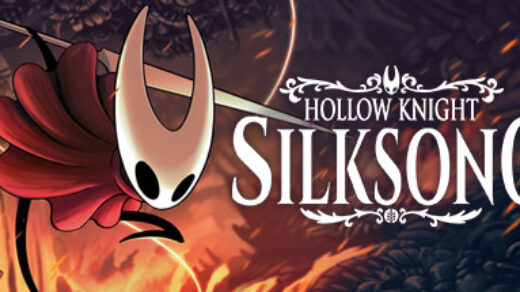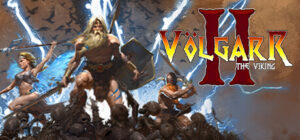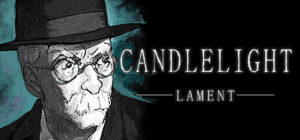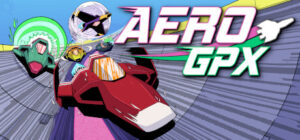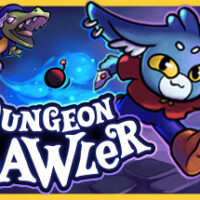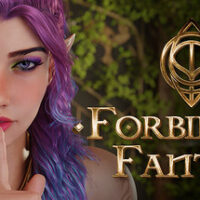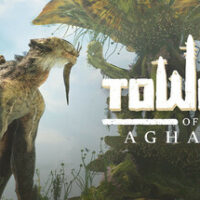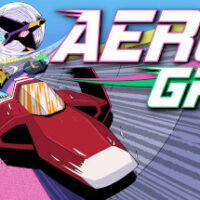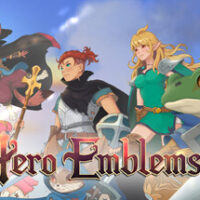In Moon Mystery, players delve into a captivating world where the moonlight reveals hidden secrets. As a curious explorer, you’ll solve intricate puzzles, navigate enchanting landscapes, and interact with charming characters. Unravel the story behind the moon’s mysteries and discover magical treasures that lie in wait!

1. Game Overview
- Concept and Setting: Introduce “Moon Mystery” as an enchanting adventure game set in a whimsical world illuminated by moonlight, where players embark on a quest to uncover hidden secrets.
- Core Gameplay Mechanics: Discuss the blend of exploration, puzzle-solving, and character interactions, emphasizing the objectives players must achieve to progress.
2. Visual Style and Art Design
- Artistic Aesthetics: Explore the game’s vibrant art style, featuring hand-painted backgrounds and charming character designs that create a magical atmosphere.
- Storytelling through Visuals: Analyze how the visual elements enhance the narrative, allowing players to experience the world’s enchantment through stunning imagery.
3. Gameplay Mechanics
- Puzzle Breakdown: Detail the types of puzzles players will encounter, including logic puzzles, environmental challenges, and interactive elements.
- Navigation Tips: Offer strategies for exploring the world, using moonlight mechanics to unlock paths and reveal hidden areas.
4. Storyline and Characters
- Narrative Overview: Summarize the overarching story, highlighting the protagonist’s mission to uncover the mysteries of the moon and the challenges they face.
- Character Development: Provide insights into key characters, their motivations, and how they contribute to the protagonist’s journey.
5. Soundtrack and Audio Design
- Musical Composition: Discuss the ethereal soundtrack that accompanies the gameplay, enhancing the magical ambiance and emotional moments.
- Audio Effects: Analyze how sound effects, like ambient noises and character voices, contribute to immersion and atmosphere.
6. Comparison to Other Indie Games
- Genre Comparisons: Compare “Moon Mystery” to other indie adventure titles, such as “Oxenfree” and “Gris,” focusing on similar themes of exploration and narrative depth.
- Unique Features: Highlight what sets “Moon Mystery” apart, such as its distinctive moon mechanics and storytelling approach.
7. Fan Reception
- Community Feedback: Overview of player reviews, highlighting the aspects that resonated with audiences, such as the art and engaging puzzles.
- Popular Elements: Discuss specific features that players have praised, including the character designs and emotional storytelling.
8. Future Updates or Expansions
- Speculation on Content: Discuss potential future content, such as new chapters or characters that could expand the narrative.
- Community Requests: Highlight features or gameplay elements that players have expressed interest in seeing in future updates.
9. Behind the Scenes
- Development Insights: Share information about the development team, their vision for “Moon Mystery,” and any challenges they encountered during production.
- Anecdotes: Include interesting stories or unique challenges faced during the game’s development process.
10. Cultural and Artistic Influences
- Inspirations: Explore the cultural and artistic influences behind “Moon Mystery,” such as folklore and artistic movements that shaped its design and narrative.
- Enrichment of Experience: Discuss how these influences deepen the gameplay experience and connect with players on an emotional level.
